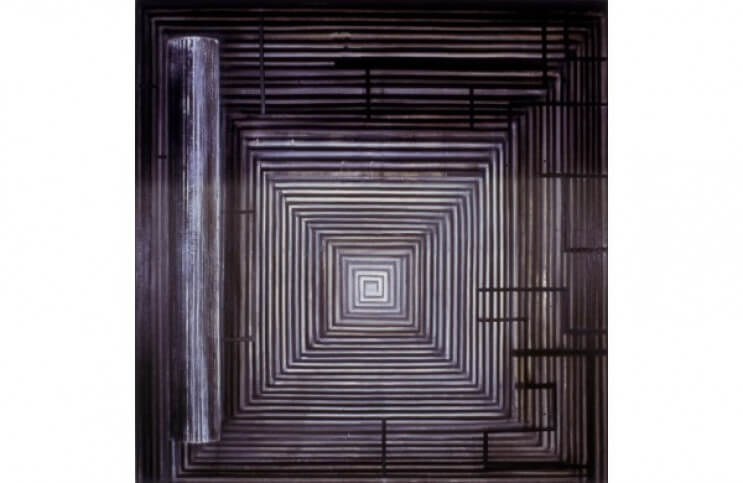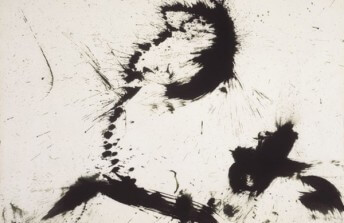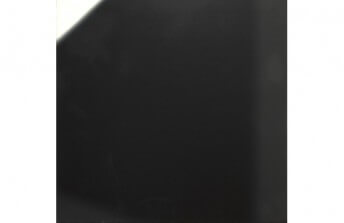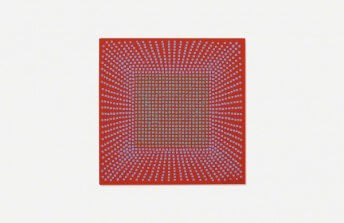The Spiritual and Contemplative Nature of Ross Bleckner Paintings
Jul 26, 2016
At its best, abstract art offers more than an aesthetic experience; it offers transcendence. Those who have encountered the work of Ross Bleckner may not know if they were looking at abstraction or representation. It blurs the line. But there’s no denying the transcendent nature of Ross Bleckner paintings. Like combinations of memories and ghosts they challenge viewers to ask, ”Am I haunted by what I’m looking at, or by something already within me that it brought to light?”
Memory as Process
In a career spanning nearly five decades, Bleckner has trained and exhibited with some of representational art’s most confident contemporary personalities, including Chuck Close and Julian Schnabel. Compared to the work of those artists, Bleckner’s paintings seem almost mystical. But they also inhabit a space of vulnerability, openness and comfort. In a large part, that’s due to Bleckner’s process. We’ve written here before about the idea of medium specificity, which describes how well a work of art expresses the unique qualities of its medium. We might say that Ross Bleckner’s pieces are an example of what could be called Process Specificity.
Bleckner’s paintings often begin with images of something tangible or representational, like a flower. Then in a process of destruction, abrasion, building then forgetting, Bleckner scrapes parts of the image away, layers more paint over it, adds symbols, geometric elements, color fields and more layers of paint. The process of adding, deleting, obscuring and revealing results in something akin to an apparition. What begins as an exploration of something real melts away into something symbolic and dreamlike. Bleckner’s finished works are manifestation of the process that creates them. They’re images of creation and decay, action and memory, partnership and dissolution, loss and gain. As viewers the blurred, sometimes confusing space they leave us in feels uncanny. We dimly recognize a Bleckner painting as something we know, and yet we’re unsure how to grasp it, or what it means.
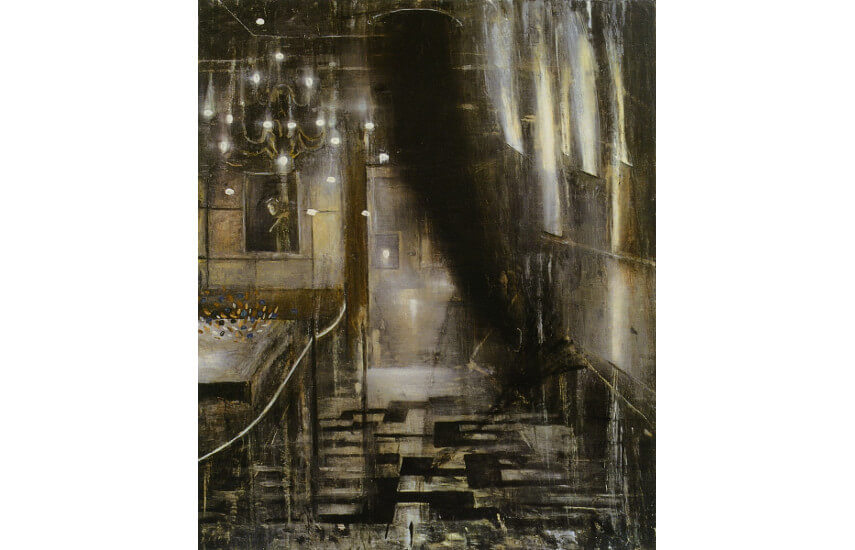 Ross Bleckner - Interior (with Dots), 1985, Oil on linen, 48 x 40 in. © Ross Bleckner
Ross Bleckner - Interior (with Dots), 1985, Oil on linen, 48 x 40 in. © Ross Bleckner
The Responsive Mind
When Bleckner was a teenager he attended The Responsive Eye, a monumental exhibition that helped introduced the world to Op Art. The artists and work in that show profoundly influenced Bleckner. Professionally, he knew at that moment that he wanted to be an artist. Aesthetically he saw a jumping off point into a way of creating imagery that would resonate. The first mature body of work Bleckner created in the 1980s paid homage to the aesthetic language artists such as Bridget Riley and Ellsworth Kelly, who were featured in The Responsive Eye.
Evident in his early Op Art-inspired artworks was Bleckner’s instinctive sense of illusionist space. These luminous, layered works establish themselves like portals inviting a viewers eyes and mind into a meditative space. Like visual mantras, Bleckner utilized the repetitive formal elements in works like The Arrangement of Things to offer viewers a contemplative visual framework through which additional discoveries could be made.
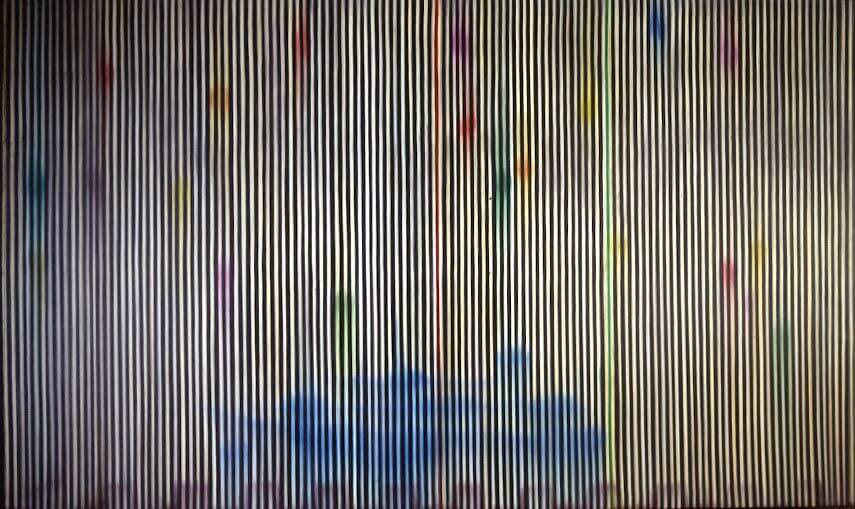 Ross Bleckner - The Arrangement of Things, 1982, Oil on linen, 96 x 162 in. © Ross Bleckner
Ross Bleckner - The Arrangement of Things, 1982, Oil on linen, 96 x 162 in. © Ross Bleckner
Loss and Light
Beginning in the 1980s, Bleckner became deeply affected by the idea of the fleeting nature of life. Some of that feeling was due to the AIDS epidemic, which was taking many of his friends and contemporaries. He expressed the sense of fear and loss he and so many others were feeling through his painting. By adding a visual language to his work that included such things as urns, vases and chandeliers, and symbolic images like birds and rays of light he expanded his oeuvre into a deeply personal realm.
Bleckner’s personal symbolism resonated on a universal level. In his Examined Life series, for example, he presents a multi-dimensional picture plane evocative of a contemporary interior space. The space seems to be dissolving into, or maybe being invaded by, some exterior vastness. The visceral response these works inspire is a mixture of hope and despair. There’s something substantive and concrete about them, and yet also something ethereal, passing into oblivion before our eyes.
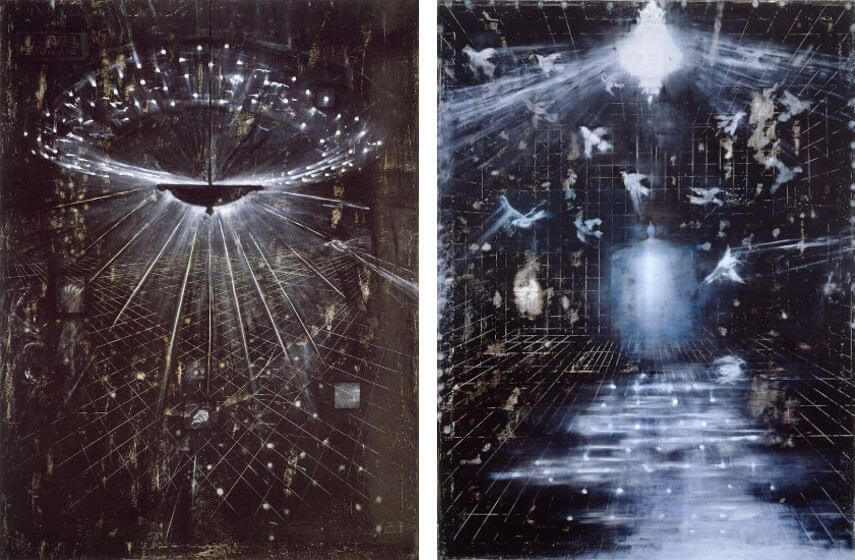 Ross Bleckner - Examined Life, 1988. © Ross Bleckner (Left) and The Fourth Examined Life, 1988. © Ross Bleckner (Right)
Ross Bleckner - Examined Life, 1988. © Ross Bleckner (Left) and The Fourth Examined Life, 1988. © Ross Bleckner (Right)
A Meditative Space
In addition to AIDS, Bleckner was also deeply touched by cancer, and in the 1990s he began exploring imagery inspired by cellular transformation. Titles like In Replication and Overexpression, clearly acknowledge notions of out of control growth and give obvious clues about Bleckner’s mindset when making such pieces. But while something personal and perhaps concrete is being conveyed in these works, there’s an abstracted visual language also at play that can be read on a purely aesthetic level. On a concrete level these images may be tragic, but on an abstract level, they speak to something natural, even harmonious. Their lyrical and beautiful compositions offer a meditative space in which to contemplate line, form, surface, paint and color.
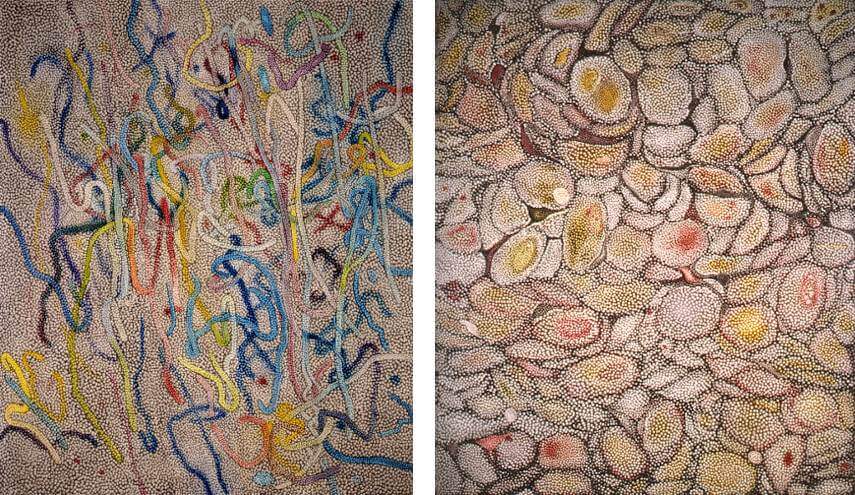 Ross Bleckner - In Replication, 1998, oil on linen, 84 x 72 in. © Ross Bleckner (Left), and Overexpression, 1998, oil on linen, 84 x 72 in. © Ross Bleckner (Right)
Ross Bleckner - In Replication, 1998, oil on linen, 84 x 72 in. © Ross Bleckner (Left), and Overexpression, 1998, oil on linen, 84 x 72 in. © Ross Bleckner (Right)
What’s No Longer There
Bleckner continued his exploration of the human body with paintings evocative of x-rays, eyes and brain scans. Titles like A Brain in the Room and My Sister’s Brain offer direct evidence about the inspiration for these images. But through Bleckner’s process of deconstruction and abstraction, what began as representational images of brains become symbolic manifestations of the mind. We see light and dark, the vibrational qualities of colors, layers, connections and patterns coexisting in both harmony and chaos.
Bleckner once said about his process that when the picture’s complete, ”I’ve always been amazed by what’s not there anymore.” In the same way, that an under-painted layer affects and illuminates the colors on top, the memories or ghosts of ”what’s not there anymore” in Bleckner’s paintings affects and illuminates what is. Though it may not be obvious or easy to understand, what’s missing gradually becomes what’s gained.
Featured image: Ross Bleckner - Untitled, 1981, Oil on canvas, 96 x 96 in. © Ross Bleckner
All images used for illustrative purposes only
By Phillip Barcio
